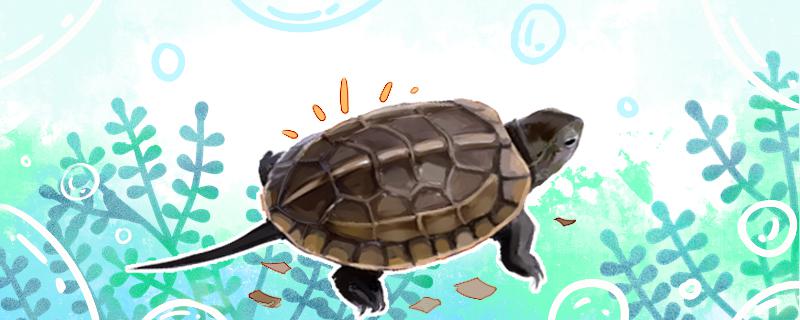
that the survival ability of grass turtles is relatively strong, the requirements for water quality are not high, and the tap water used in daily life can meet their survival needs. However, tap water should be exposed to the sun for three days before it can be poured into the breeding tank, because tap water contains a lot of chlorine, and long-term use of unchlorinated water to breed turtles will endanger their physical and mental health.
If conditions permit, green water can be used to breed this kind of turtle, because green water contains some fungi and algae that can promote the growth and development of turtles. These substances can also prevent the rotten skin disease and rotten nail disease of grass turtles. When feeding, attention should be paid to maintaining the stability of water quality. Although grass turtles do not require high water quality, the transparency of water should be maintained at about 30 centimeters. When changing water, pay attention to changing only one third or one quarter of the water at a time.
level of the grass turtle should not be too deep or too shallow, and the water level should be adjusted according to the size of the grass turtle. The water need not be too deep to cover the limbs of the grass turtle, just over the shell, so that their heads can be exposed above the surface of the water. Because grass turtles are not pure terrapins, if the water is too deep, they will be unable to breathe and eventually die.
Grass turtles like water, and when breeding turtle seedlings, the water depth can be over the back. The water depth of an adult grass turtle is one centimeter deeper than its shell. If you want to raise turtles in deep water, you need to build a "land" in the water to provide living areas such as deep water area, shallow water area, sandy land, sunning stone and so on. Because grass turtles can't stay in the water all the time, and they like to lie on the "land" to bask in the sun.